We may earn money or products from the companies mentioned in this post. This means if you click on the link and purchase the item, I will receive a small commission at no extra cost to you ... you're just helping re-supply our family's travel fund.
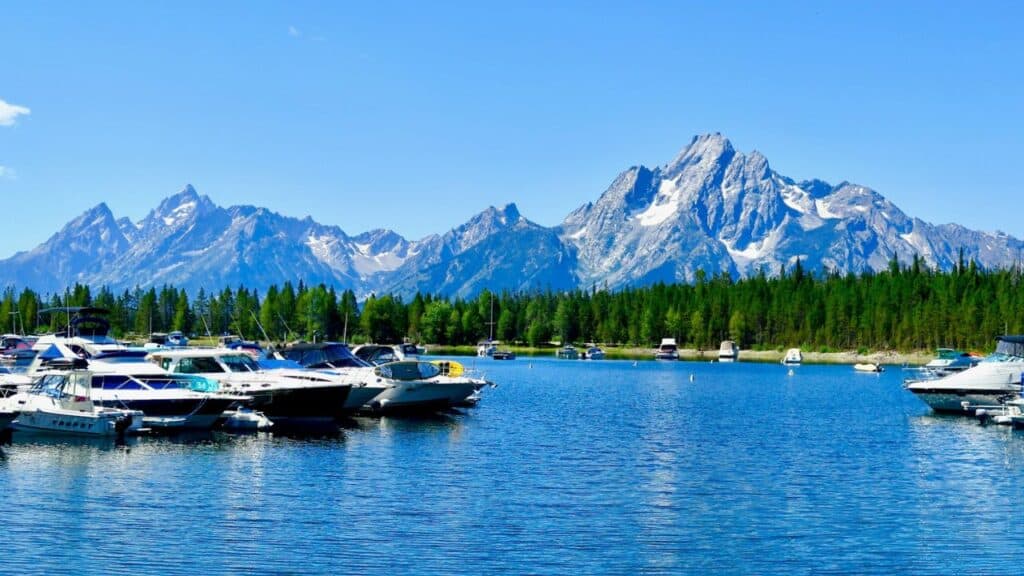
Some places are protected by distance. You can’t just drive up, park, and stroll in. You need to skim across water or lift off in a small plane, letting the journey set the pace before your boots ever touch ground. These national parks guard their quiet with remoteness, rewarding you with wildlife, landscapes, and skies that feel untouched. Getting there is part of the experience, and what you find when you arrive stays with you.
Dry Tortugas National Park, Florida, USA

Seventy miles west of Key West, you leave pavement behind and cross open water by ferry or seaplane. When Fort Jefferson rises out of turquoise, it feels like a mirage. Inside its walls, you walk through history while seabirds wheel overhead. Step outside and the real draw begins: snorkeling coral reefs, swimming above schools of parrotfish, and watching the horizon melt into blue. Nights are reserved for campers under stars so sharp they seem close enough to touch.
Isle Royale National Park, Michigan, USA
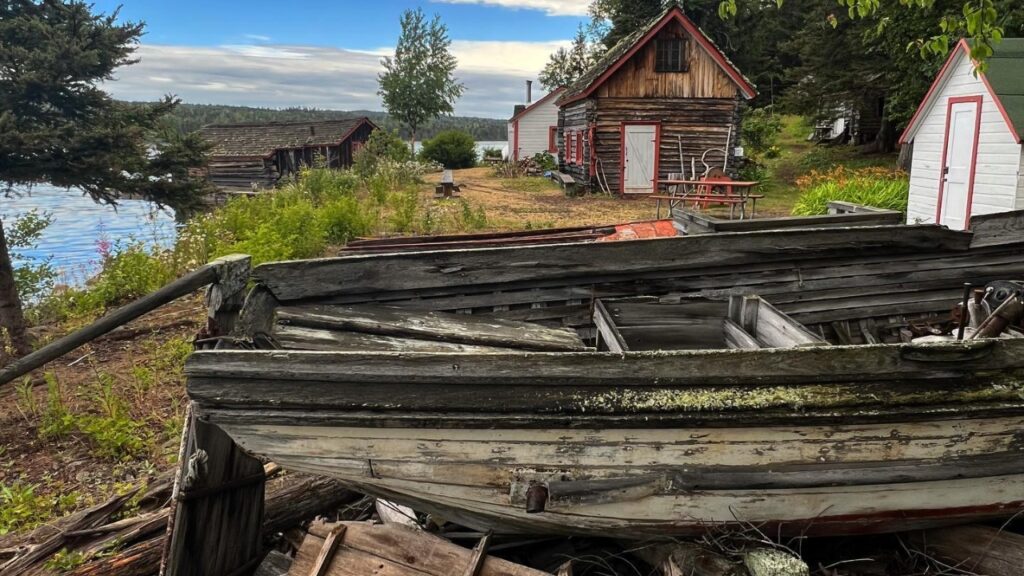
Lake Superior does not give up its treasures easily. You ride hours by ferry or lift off in a seaplane before Isle Royale appears on the horizon. Once there, you trade roads for trails and docks, moving by foot or paddle through spruce forest and quiet harbors. Moose feed in ponds, loons call across the water, and wolves leave only tracks. The island feels like a separate country, where time is ruled by weather, light, and the rhythm of the lake.
Katmai National Park and Preserve, Alaska, USA
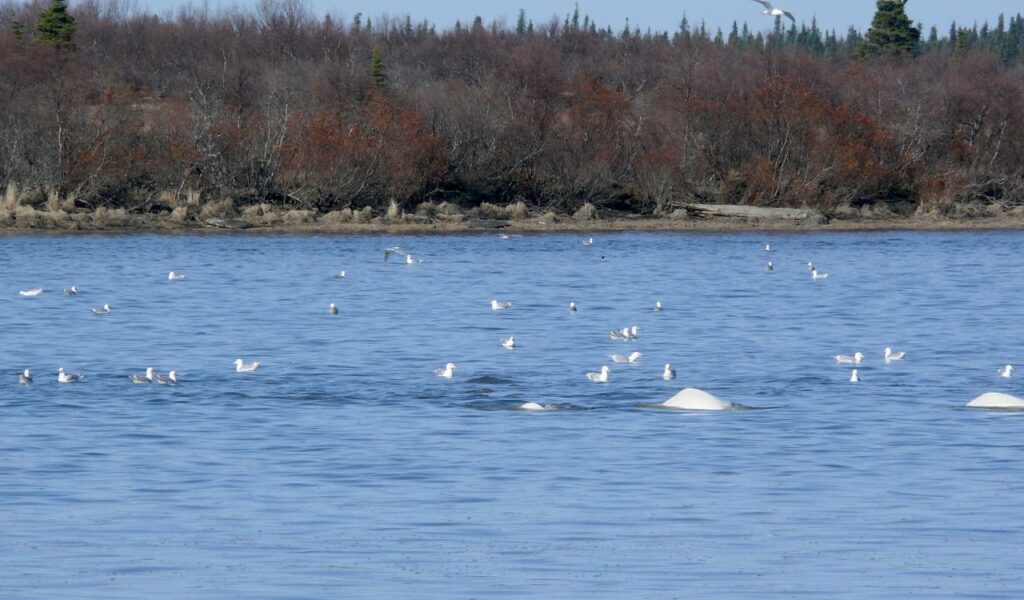
Reaching Katmai requires a floatplane or a long boat ride, but what waits is unmatched. At Brooks Falls, brown bears line up to catch salmon mid-leap, their coats dripping in the spray. Beyond the falls, volcanoes dominate the horizon, and rivers shine like braided glass. You sense the rawness of a place where roads don’t belong, only rivers, tundra, and sky. Each landing feels like entering a frontier where the land is still busy shaping itself.
Lake Clark National Park and Preserve, Alaska, USA
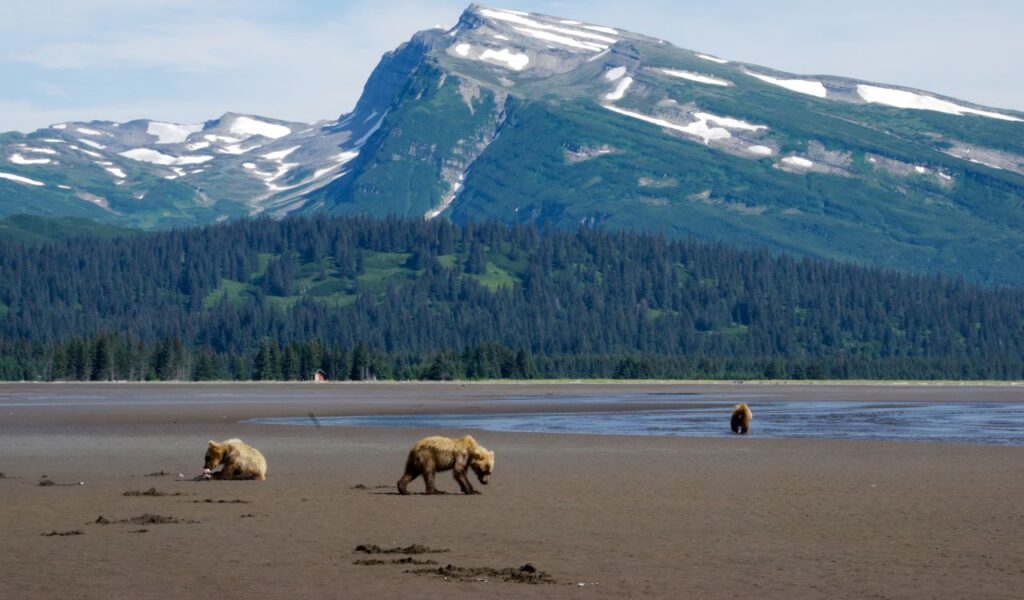
Here you board a small plane that threads through snowy peaks before touching down on a beach or gravel strip. The park spreads wide with turquoise lakes, waterfalls plunging through canyons, and salmon runs that feed bears, eagles, and villages along the coast. Kayaks trace quiet coves while hikers follow valleys laced with wildflowers. It is a place where the absence of roads is part of its soul, forcing you to move with weather, tides, and patience.
Glacier Bay National Park and Preserve, Alaska, USA
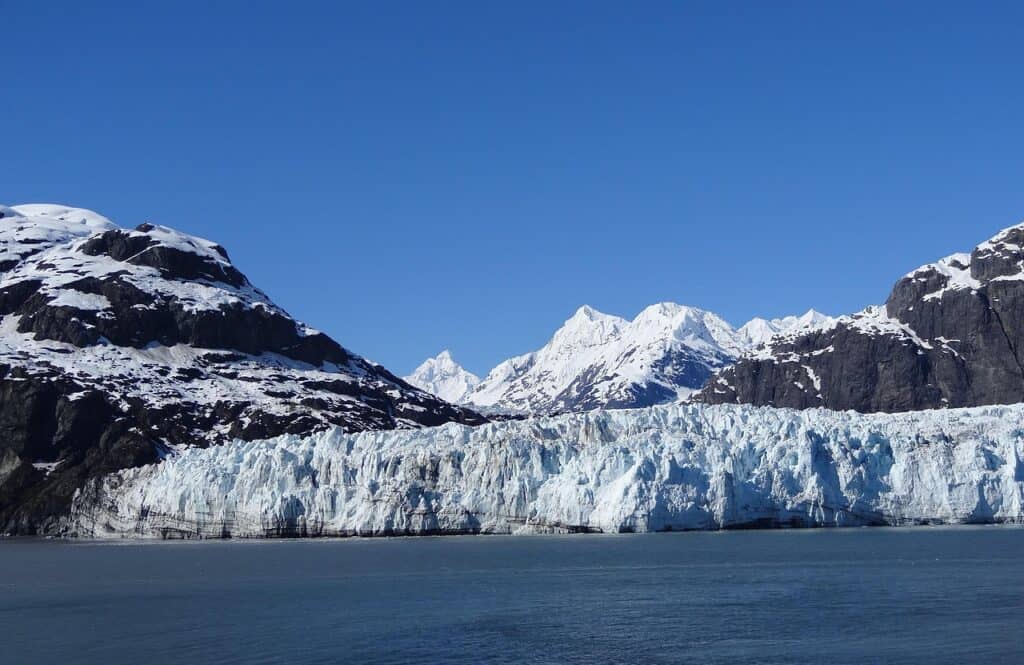
You enter Glacier Bay by boat or seaplane, slipping into a world built of ice and water. Fjords stretch deep into the mountains, where tidewater glaciers crack and thunder into the sea. Humpback whales surface with plumes, sea otters roll in kelp, and bald eagles perch above rocky shores. Kayakers skim along striped cliffs, their paddles silent against the waves. The park’s scale humbles you, and leaving feels like stepping out of a cathedral sculpted in cold light.
Kobuk Valley National Park, Alaska, USA
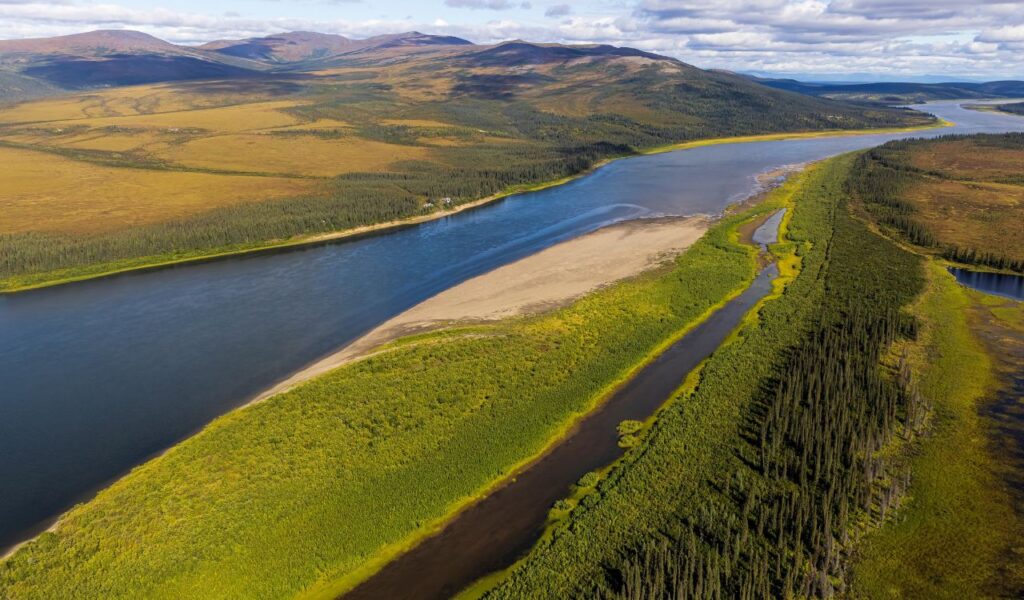
Above the Arctic Circle, the journey begins in a small plane flying low over tundra and winding rivers. Kobuk greets you with shifting sand dunes set against a backdrop of peaks and caribou trails that stretch for miles. Pilots often land on gravel bars, dropping you into silence broken only by the wind. Paddle the Kobuk River, hike the dunes, and watch the twilight linger. Here, remoteness is not a barrier but the very reason the place feels sacred.
Channel Islands National Park, California, USA
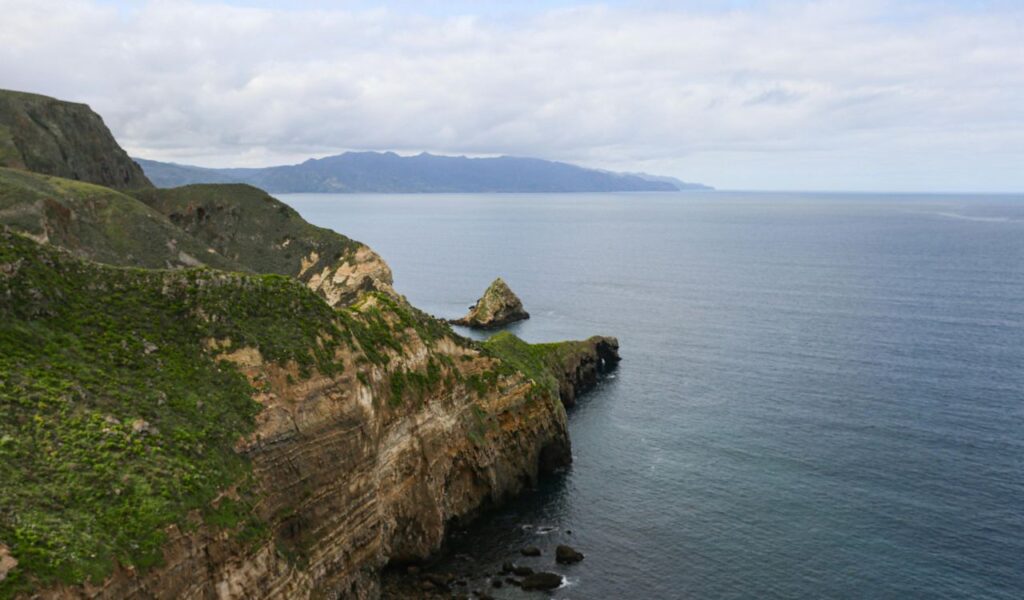
The crossing from Ventura or Oxnard takes an hour by boat, but the moment you land on the Channel Islands the mainland feels far away. Trails climb ridges with sweeping Pacific views, then dip into canyons where island foxes dart through sagebrush. Sea caves echo with waves, and kelp forests sway with sea lions just offshore. With no cars, time slows to the pace of tide and trail. The islands remind you that wilderness can sit just beyond the horizon.
Gwaii Haanas National Park Reserve, British Columbia, Canada
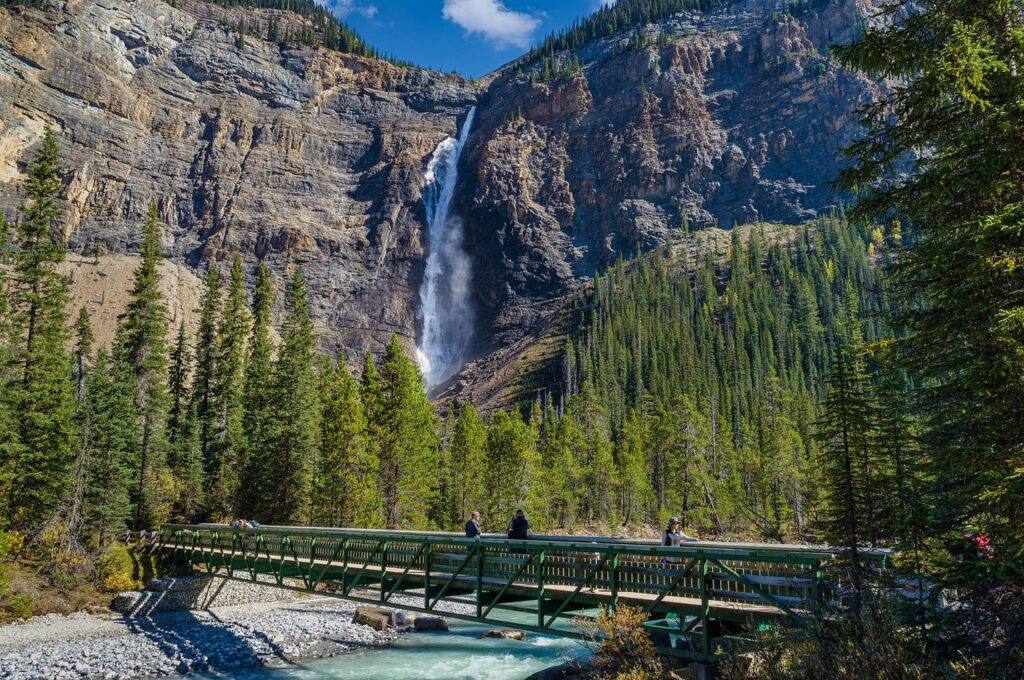
To reach this remote archipelago, you fly by seaplane or ride boats that weave between misty channels. Haida totem poles stand weathered yet proud in old village sites, while humpbacks surface with the sound of a deep exhale. Kayaks thread through kelp forests as eagles circle overhead. Rain comes often, but it feels fitting, painting the forest green and the sea silver. Every journey here is guided by tide, tradition, and the patient rhythm of the coast.
Torngat Mountains National Park, Newfoundland and Labrador, Canada
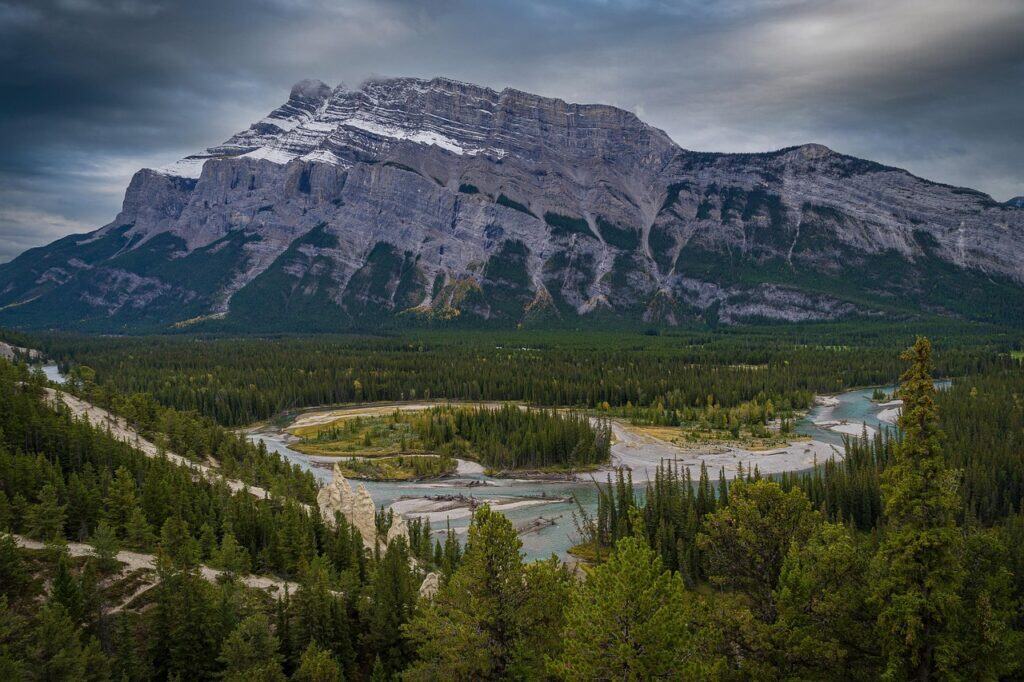
Far north in Labrador, access comes only by boat or chartered plane, often with Inuit guides leading the way. Fjords slice through towering cliffs, and snow streaks peaks even in summer. Camps are protected by bear fences, and each hike feels like stepping into a land that has never been tamed. Weather shifts quickly, demanding respect, but the reward is clarity: waterfalls tumbling down sheer rock, Arctic char flashing in rivers, and skies that never feel empty.